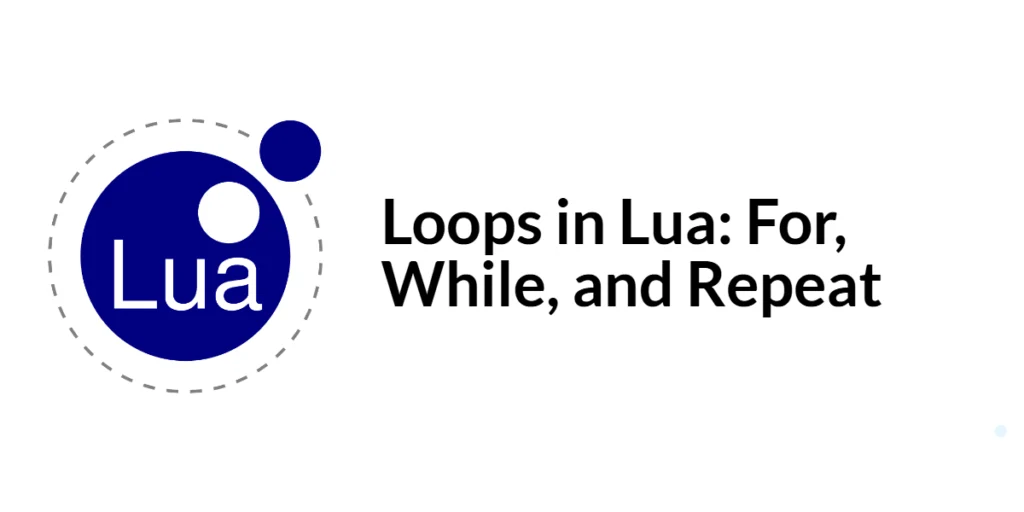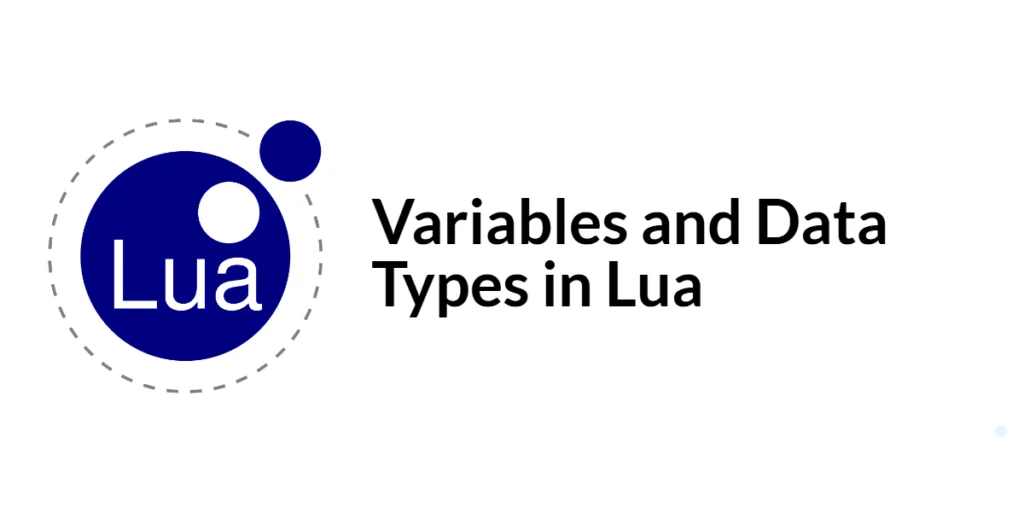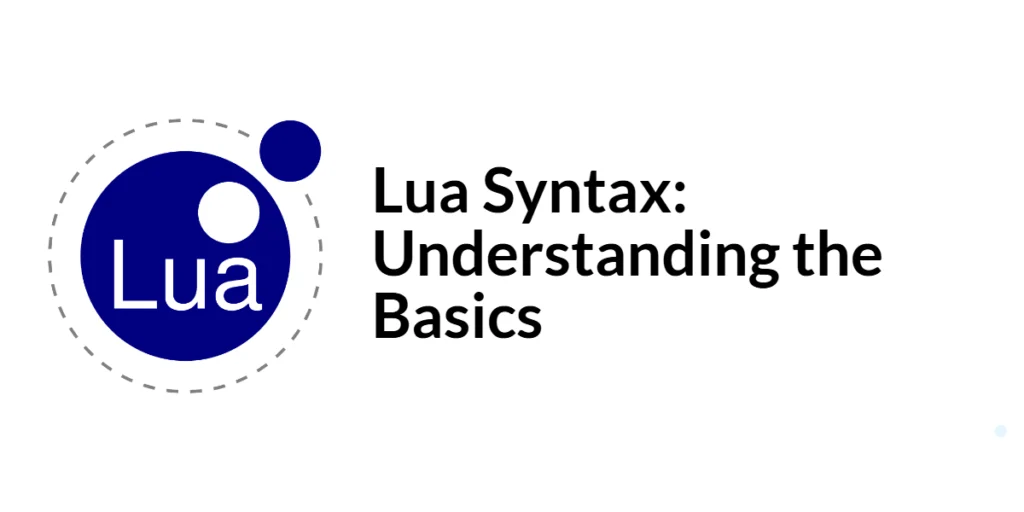Modules and Packages in Lua
Modules and packages are fundamental concepts in Lua for organizing and structuring code. A module is a chunk of code encapsulated in a table, providing a namespace to group related functionalities together. This helps in managing large codebases by breaking them into smaller, reusable components. Packages, on the other hand, are collections of modules that […]
Modules and Packages in Lua Read More »









